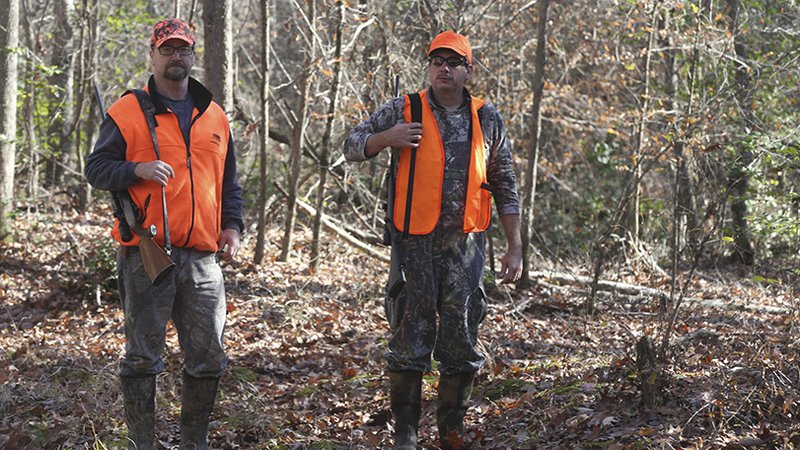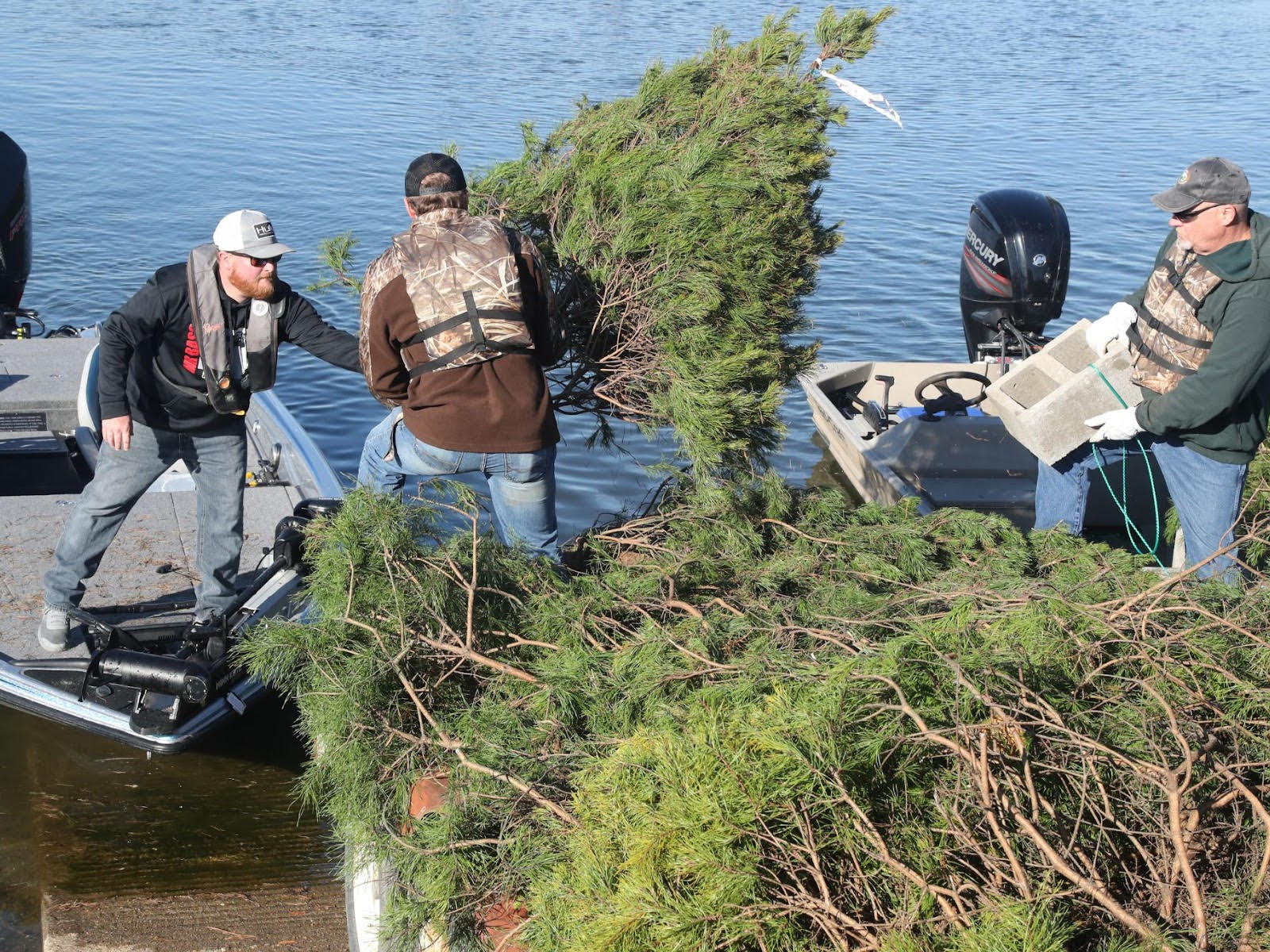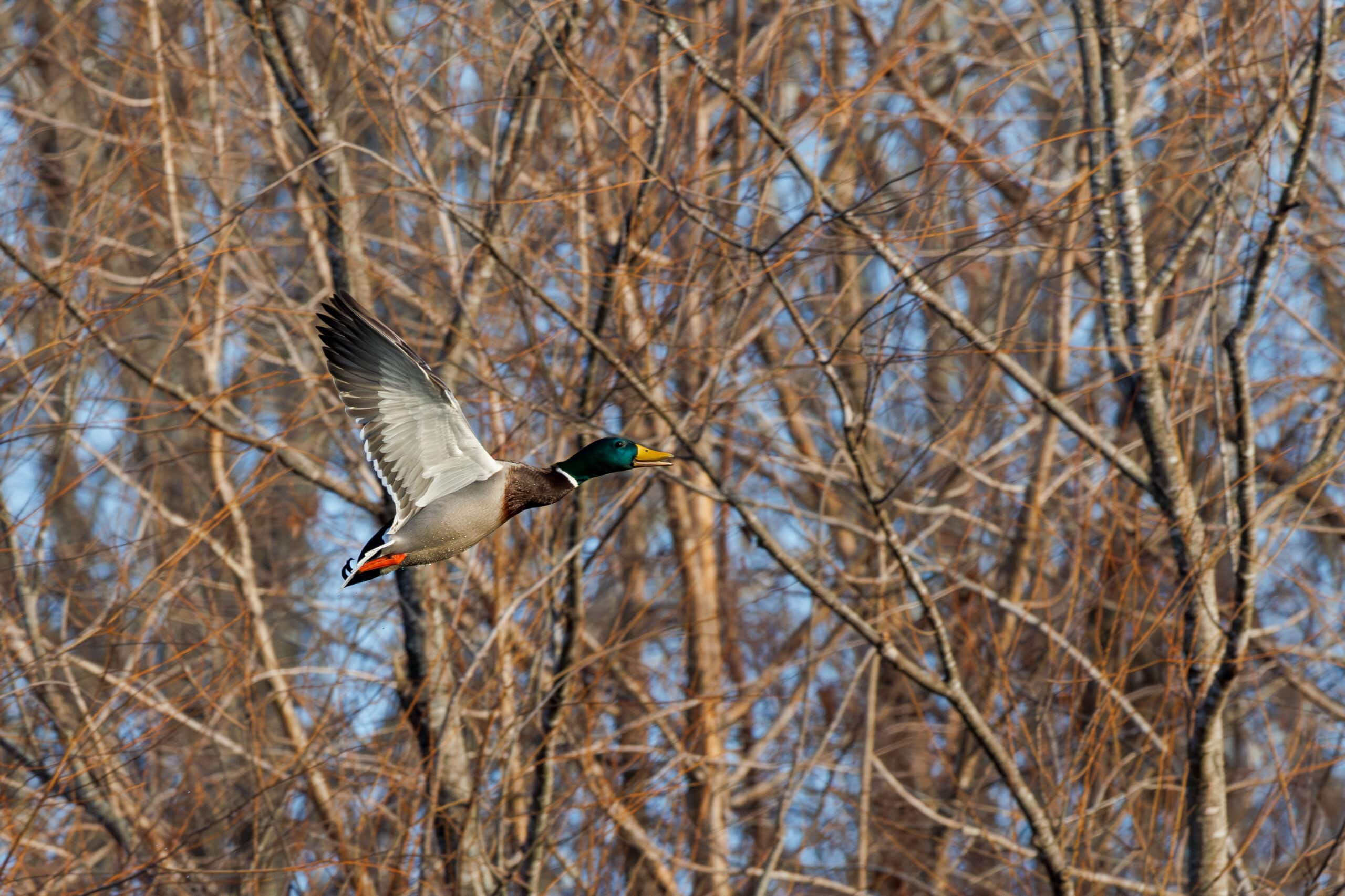Leased Lands WMAs offer prime hunting opportunities without the high price
ON 10-25-2017

Oct. 25, 2017
Randy Zellers
Assistant Chief of Communications
Arkansas hunters have more than 3 million acres of publically accessible land to enjoy hunting, fishing and wildlife watching. More than a quarter of a million acres of that is privately held timber company land, available thanks to the Arkansas Game and Fish Commission’s Leased Land Program.
The AGFC works to purchase land or permanent hunting easements on land throughout the state whenever it has the opportunity and the land fits in with what can be managed for wildlife habitat. In some cases, however, large landowners, such as timber companies, have no desire to sell the land, but do lease out hunting rights on an annual basis. The AGFC works with these landowners to lease rights for large blocks of hunting property where few options exist for hunting on public land.
“The program started back in the 1980s, and most of the property was in south Arkansas where we had no AGFC-owned property or other property that was available to the public,” said Brad Carner, chief of wildlife for the AGFC. “Since then, a few more WMAs have been added in other parts of the state, like Cherokee and Jim Kress WMAs in Cleburne County.”
Carner says the vast majority of leased land WMAs are the property of timber companies, which means they are working forests with a primary purpose of timber production. That’s a good thing for many species of wildlife that thrive in areas with regular disturbance to create diverse habitats within a section of land. Deer, quail and many other “edge”-oriented species benefit from habitat available two to three years after an area has been cut. Streamside management zones to improve water quality leave hardwoods to produce acorns and other hard mast during winter, while briars and dense thickets give food and shelter on a nearly year-round basis.
“All timber companies we work with are part of the sustainable forestry initiative, so they adhere to best management practices that benefit water quality, wildlife habitat and other natural resources,” Carner said. “These WMAs also usually have decent access by road because of the logging efforts on the property.”
Leased land WMAs come with extra fees, but they are much cheaper than the standard fees charged for private leases. Hunters, campers and trappers must purchase a special $40 annual permit for each leased land WMA they frequent. With WMAs ranging from 11,327 acres to 54,066 acres, the most anyone pays for leased land access comes out to less than one-third of a cent per acre each year.
Even with the low price, relatively few leased land WMA permits are purchased each year, leaving plenty of room for new hunters to explore. At 41,111 acres Big Timber WMA in Clark County is one of the largest blocks of hunting area available to the public, yet only 1,031 hunters got the permit to hunt there last year. And a scant 208 permits were sold to hunters seeking their deer, squirrels and other game on Provo WMA in Sevier County.
“The AGFC pays about $1.3 million per year to lease all these lands,” Carner said. “The money derived from permits doesn’t come close to paying that, but it does help offset some cost when we’re able to match it with federal funds.”
Carner says the cost to the AGFC has seen a steady increase as lease prices tend to increase slightly every year, but to purchase this much land and provide management for it would be hundreds of millions of dollars, if the landowners were even willing to sell.
“The leased lands WMAs also keep the land in private ownership, which means that the counties where they are located can continue to see tax revenue from that land instead of it being state-owned property,” Carner said.
Leased Land WMA permits are valid for a full year from the date of purchase, and many of these WMAs offer a worthwhile opportunity at a mixed bag, including deer, squirrel, rabbit, turkey and even some pockets of quail. But hunters should spend some time on foot in these areas and not rely solely on history or old aerial imagery like Google Earth.
“Get out and scout your areas in advance of opening day, even if you have hunted there many years,” Carner said. “These WMAs are always undergoing some sort of cutting, thinning or other management, so an area that may have been mature trees last year may be a cutover now. It’s a good thing for wildlife, but it means you’re going to have to put in a few more hours to learn where the good places are as the forest composition changes.”
For more information, click on the link to the specific leased land WMA you are interested in learning more about:
- Big Timber WMA – Clark County
- Casey Jones WMA – Ashley and Drew counties
- Cherokee WMA – Cleburne, Conway, Independence, Logan, Pope, Scott, Stone and Van Buren counties
- Gum Flats WMA – Little River County
- Howard County WMA – Howard County
- Jack Mountain WMA – Hot Spring County
- Jim Kress WMA – Cleburne County
- Lafayette County WMA – Lafayette County
- Lake Greeson WMA – Howard and Pike counties
- Provo WMA – Sevier County
Recent News
Subscribe to Our Weekly Newsletter E-mails
Don’t miss another issue. Sign up now to receive the AGFC Wildlife Weekly Newsletter in your mailbox every Wednesday afternoon (Waterfowl Reports are published weekly during waterfowl season and periodically outside the season). Fishing Reports arrive on Thursdays. Fill in the following fields and hit submit. Thanks, and welcome!


